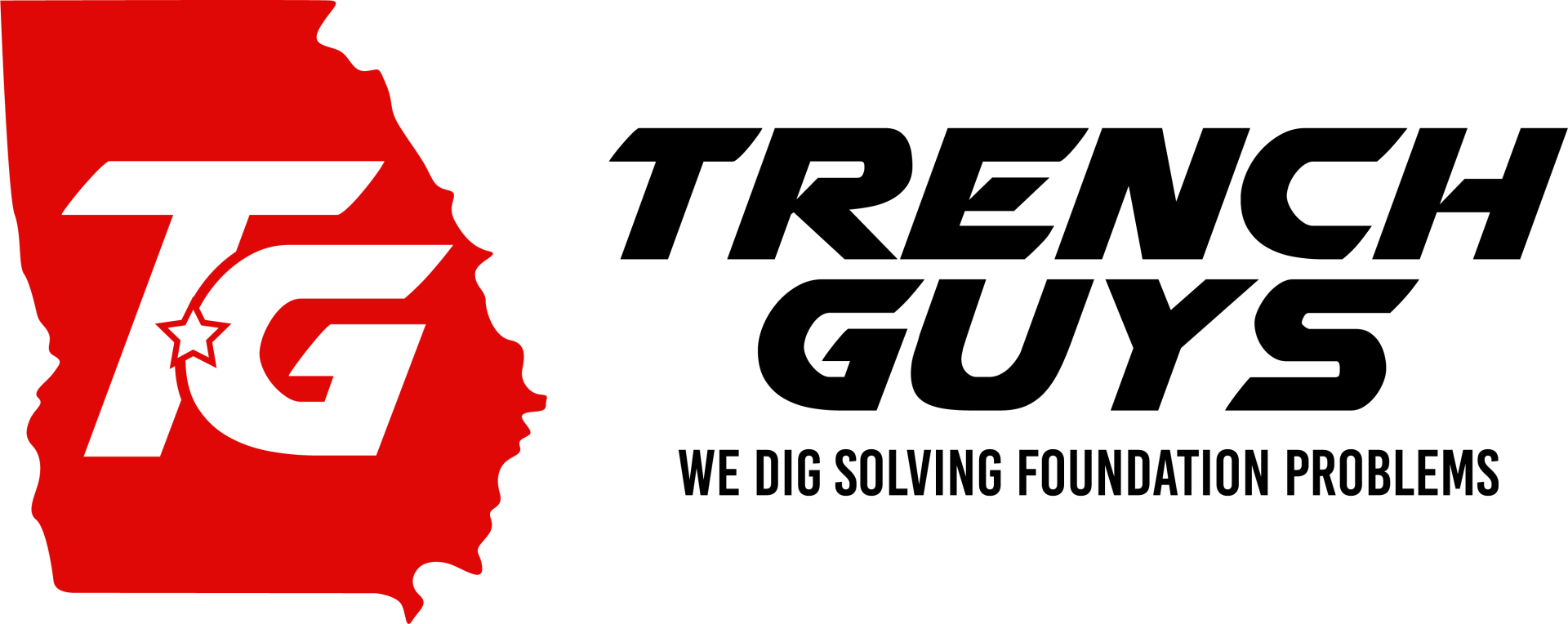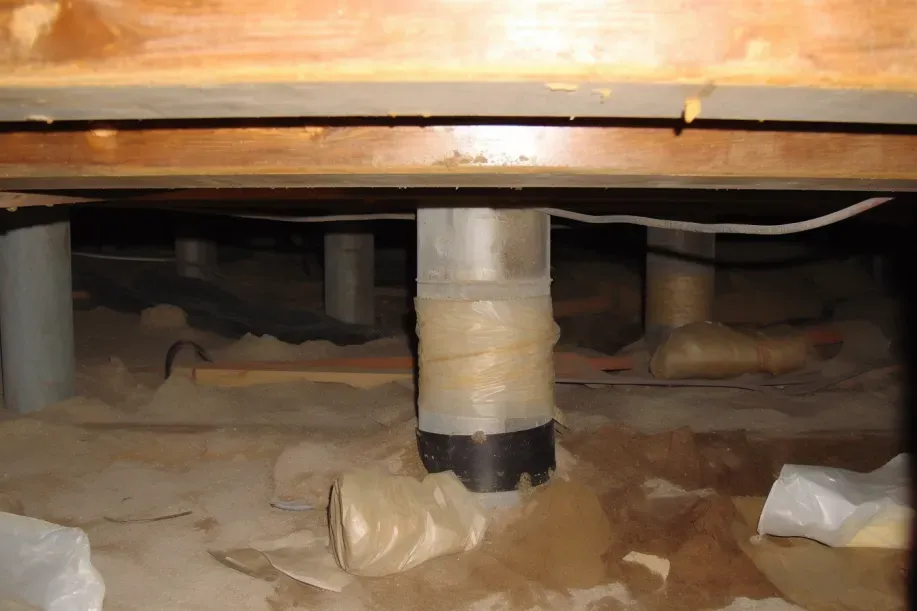Welcome to our in-depth exploration of the often-overlooked yet crucial aspect of home maintenance: the crawl space. This hidden area beneath your home plays a significant role in the overall health of your living environment. In this blog, we delve into the importance of maintaining a healthy crawl space and the common challenges homeowners face in doing so.
A well-maintained crawl space is vital for several reasons. It affects the air quality of your entire home, contributes to energy efficiency, and plays a key role in preventing structural damage. Neglecting this area can lead to a host of problems, ranging from minor inconveniences to major health and safety hazards.
We will explore various issues that homeowners commonly encounter with their crawl spaces. These include moisture problems leading to mold growth, pest infestations, structural integrity concerns, and insulation issues. Each of these challenges can impact not only the durability of your home but also the health and comfort of its inhabitants.
Join us as we provide valuable insights into the world of crawl spaces. Our goal is to equip you with the knowledge and strategies needed to effectively manage and maintain this essential part of your home, ensuring a safe, healthy, and comfortable living environment for you and your family.
Understanding Your Crawl Space
The crawl space is a crucial yet often overlooked component of many homes. Understanding its structure and potential issues is key to maintaining a healthy and safe living environment. This section provides an overview of the anatomy of a crawl space and the signs that indicate problems.
Anatomy of a Crawl Space
Description of What a Crawl Space Is and Its Purpose
A crawl space is a narrow area located between the ground and the first floor of your home, typically allowing just enough room for someone to crawl through—hence the name. It serves several important purposes:
- Access Point: It provides access to plumbing, electrical wiring, and HVAC systems, making repairs and maintenance more manageable.
- Foundation Support: It forms part of your home's foundation, offering structural support.
- Air Circulation: Properly ventilated crawl spaces allow air circulation under the house, which can help control moisture levels.
Key Components: Flooring, Walls, Vents, Insulation
- Flooring: Usually consists of a dirt or gravel base, which can be covered with a vapor barrier to control moisture.
- Walls: The walls are typically part of the home's foundation and can be made of various materials like concrete or block.
- Vents: Vents in crawl spaces are crucial for air circulation but can also be a source of moisture problems if not properly maintained.
- Insulation: Proper insulation in the crawl space helps in energy efficiency, keeping the floors warm in winter and cool in summer.
H3: Signs of Crawl Space Problems
Moisture and Mold Growth
- Moisture Issues: Excessive moisture in a crawl space can lead to mold and mildew growth, which can affect air quality and cause health problems.
- Mold Indicators: Musty odors, visible mold growth, and dampness are clear signs of moisture problems in your crawl space.
- Structural Damage and Sagging Floors
- Foundation Concerns: Cracks in the foundation walls or floors of the crawl space can indicate structural issues.
- Sagging Floors: If the floors above the crawl space are sagging or uneven, it could be a sign of weakened support beams or joists.
Pest Infestations
- Unwanted Guests: Crawl spaces can be attractive to pests like rodents, insects, and even larger animals, leading to infestations that can damage wiring, insulation, and create health hazards.
Common Crawl Space Issues and Their Causes
Crawl spaces, often out of sight, can harbor a range of issues that, if left unaddressed, can lead to significant problems for your home. Understanding these common issues and their underlying causes is crucial for maintaining the health and safety of your living space. This section covers water damage and moisture, insulation problems, and structural damage in crawl spaces.
Water Damage and Moisture
Sources of Moisture: Leaks, Condensation, Flooding
Moisture in crawl spaces can originate from several sources:
- Leaks: Plumbing leaks within the crawl space or from above can lead to moisture accumulation.
- Condensation: Poor ventilation can cause condensation on pipes and crawl space surfaces.
- Flooding: Heavy rains or groundwater seepage can result in standing water in the crawl space.
Long-Term Effects of Water Damage
Prolonged exposure to moisture can have detrimental effects:
- Mold and Mildew Growth: Moist environments are ideal for the growth of mold and mildew, which can impact air quality and health.
- Wood Rot: Excess moisture can lead to wood rot in structural elements, compromising the integrity of the home.
- Pest Infestations: Damp conditions can attract pests like termites and rodents, leading to further damage.
Insulation Problems
Importance of Proper Insulation
Proper insulation in a crawl space is vital for:
- Energy Efficiency: Insulation helps maintain consistent temperatures in your home, reducing energy costs.
- Moisture Control: Good insulation can also help regulate moisture levels in the crawl space.
Identifying Insulation Issues
Signs of insulation problems include:
- Uneven Temperatures: Fluctuating temperatures in your home can indicate poor insulation.
- Damp or Moldy Insulation: Insulation that is wet or has mold growth is ineffective and needs replacement.
Structural Damage
Recognizing Signs of Structural Weakness
Structural issues in crawl spaces can manifest as:
- Cracks in Foundation Walls: Visible cracks can indicate shifting or settling of the foundation.
- Sagging Floors: Floors above the crawl space that sag or feel bouncy may signal weakened joists or beams.
Impact on Home Safety and Value
Structural damage in the crawl space can:
- Compromise Safety: Weaknesses in the structure can pose safety risks to occupants.
- Reduce Home Value: Structural issues can significantly decrease the market value of your home and lead to costly repairs.
DIY Crawl Space Inspection
Performing a DIY inspection of your crawl space is an important step in home maintenance, helping you identify potential issues before they escalate. This section provides guidance on preparing for a safe inspection and a step-by-step guide to effectively assess your crawl space.
Safety First: Preparing for Inspection
Necessary Safety Gear and Precautions
Before venturing into your crawl space, it's crucial to prioritize safety:
- Protective Clothing: Wear long sleeves, long pants, and sturdy shoes to protect against sharp objects and pests.
- Gloves and Goggles: Use heavy-duty gloves and safety goggles to protect your hands and eyes.
- Respiratory Protection: A mask or respirator is essential to avoid inhaling dust, mold spores, or insulation fibers.
- Lighting: Ensure you have a reliable flashlight or headlamp for adequate visibility.
- Communication: Let someone know you’re doing the inspection, or better yet, have someone nearby in case of emergencies.
Step-by-Step Inspection Guide
Identifying Common Signs of Damage or Wear
Follow these steps to conduct a thorough inspection:
- Check for Moisture and Water Damage: Look for any signs of standing water, dampness, or water stains on the walls and floor.
- Inspect for Mold and Mildew: Be on the lookout for any mold growth or musty odors, indicating moisture problems.
- Examine Insulation: Ensure that insulation is intact and not damp, sagging, or moldy.
- Assess Structural Elements: Look for any signs of wood rot, rust on metal components, or cracks in foundation walls.
- Look for Pests: Keep an eye out for signs of pest infestations, such as droppings, nests, or damaged materials.
Documenting Issues for Professional Assessment
As you inspect:
- Take Notes: Document any issues or irregularities you find. Detailed notes can be helpful for future reference or professional consultations.
- Photograph Problem Areas: Take clear photos of any signs of damage or concerns. These can be useful for professionals to assess the severity and recommend solutions.
- Consider Professional Evaluation: If you uncover significant issues, especially related to structural integrity or extensive mold growth, it's advisable to seek a professional assessment for a more comprehensive evaluation and remediation plan.
Professional Crawl Space Repair Solutions
While DIY inspections and minor repairs can be effective for some crawl space issues, certain situations demand professional expertise. Understanding when to call in professionals and how to choose the right repair service is crucial for ensuring the safety and longevity of your home. This section covers scenarios that require expert intervention and offers guidance on selecting a reputable contractor.
When to Call a Professional
Situations That Require Expert Intervention
There are several instances where professional help is essential:
- Extensive Mold Growth: If you discover widespread mold, a professional can safely and effectively remediate it.
- Structural Damage: Signs of significant structural damage, such as large cracks in foundation walls or sagging floors, require expert assessment and repair.
- Persistent Moisture Issues: Ongoing problems with water intrusion or high humidity levels can be complex to resolve and might need specialized solutions.
- Pest Infestations: Professional exterminators can address severe or recurring pest issues more effectively than DIY methods.
- Poor Air Quality: If you suspect the crawl space is affecting your home's air quality, professionals can assess and rectify the issue.
Choosing the Right Repair Service
Tips for Finding a Reputable and Experienced Contractor
Selecting the right contractor is key to effective crawl space repair:
- Research and Referrals: Start by researching local contractors with expertise in crawl space work. Referrals from friends or family can also be valuable.
- Check Credentials: Ensure the contractor is licensed, insured, and has relevant experience. Verify their credentials and look for any certifications in crawl space repair.
- Read Reviews and Testimonials: Check online reviews and testimonials to gauge the contractor's reputation and quality of work.
Repairing Your Crawl Space: Common Methods
Effective repair and maintenance of your crawl space are crucial for the overall health and stability of your home. This section outlines common methods for crawl space repair, including moisture control, insulation upgrades, and structural repairs, providing homeowners with practical solutions for common crawl space issues.
Moisture Control and Waterproofing
Techniques: Sump Pumps, Dehumidifiers, Vapor Barriers
Moisture control is a key aspect of crawl space maintenance. Here are some effective techniques:
- Sump Pumps: Ideal for crawl spaces prone to flooding or standing water. Sump pumps collect and expel water away from the home, keeping the crawl space dry.
- Dehumidifiers: These are essential in reducing humidity levels, preventing mold growth and wood rot. A dehumidifier can help maintain a healthy moisture balance in the crawl space.
- Vapor Barriers: Installing a vapor barrier involves laying a thick plastic sheet over the crawl space floor. This barrier prevents moisture from the ground from entering the crawl space, thereby reducing dampness and mold risk.
Insulation Upgrades
Types of Insulation Suitable for Crawl Spaces
Proper insulation in the crawl space is crucial for energy efficiency and moisture control. Suitable insulation types include:
- Fiberglass Batt Insulation: Commonly used, but must be kept dry to be effective.
- Rigid Foam Insulation: Resistant to moisture and mold, this type of insulation is more durable and effective in crawl spaces.
- Spray Foam Insulation: Provides an airtight seal and is excellent for both insulation and moisture control.
When upgrading insulation, it's important to ensure that it is properly installed and covers all necessary areas, including the walls and floor of the crawl space.
Structural Repairs
Addressing Foundational Issues and Support Beams
Structural repairs in crawl spaces can involve:
- Foundation Repairs: Cracks or damage in the foundation walls may require sealing, reinforcement, or even major repairs by a structural engineer.
- Support Beam and Joist Repairs: Rotting or weakened support beams and floor joists need to be repaired or replaced to ensure the structural integrity of the home.
- Pier and Beam Adjustments: In some cases, additional supports (piers) may be needed to properly support and level the floor above the crawl space.
FAQs
Contact Trench Guys Today!
Trench Guys will do everything we can to ensure your experience with us is excellent.
Request A FREE Estimate
Request a Free Estimate Form
Checkout Recent Post
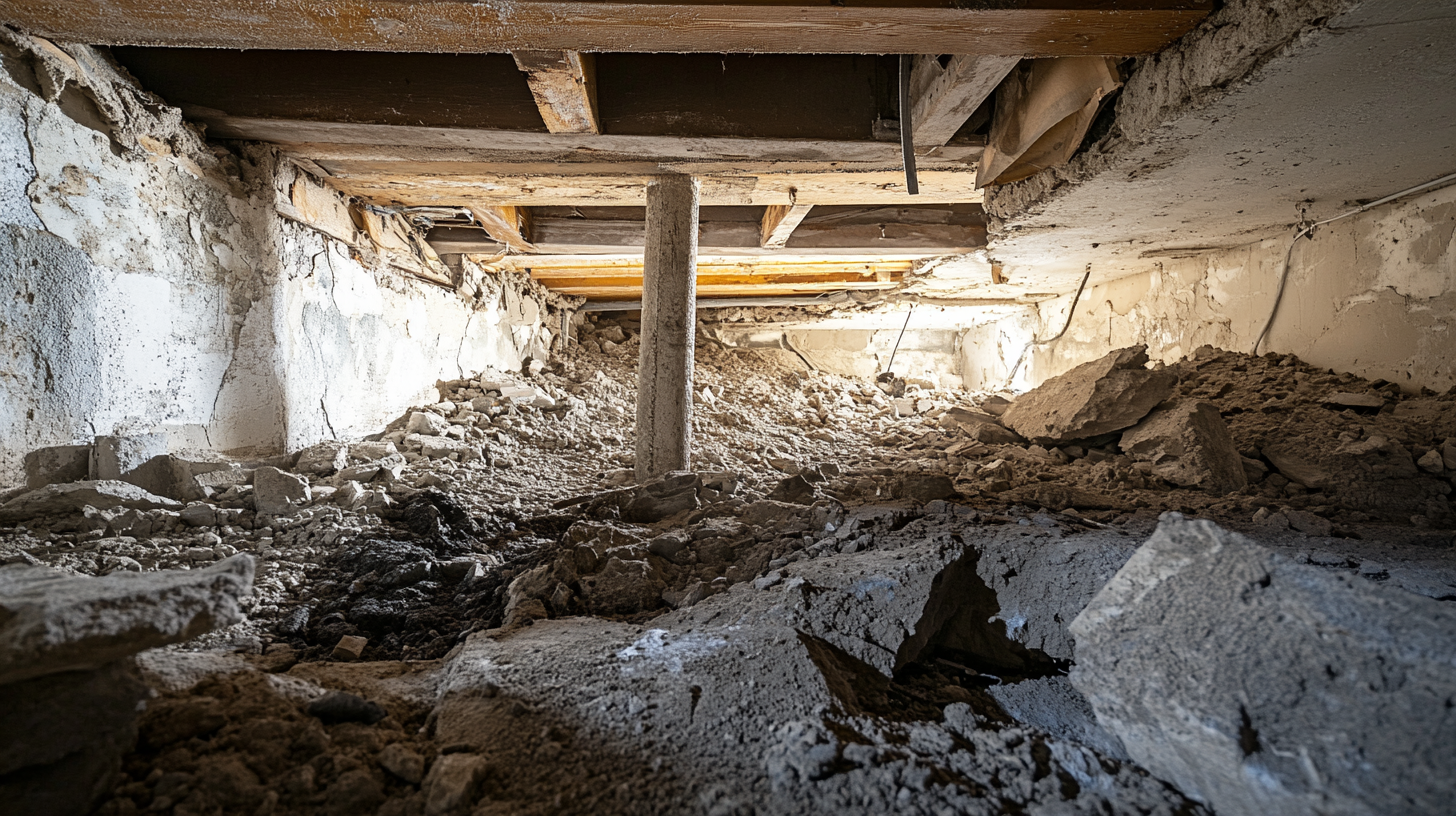

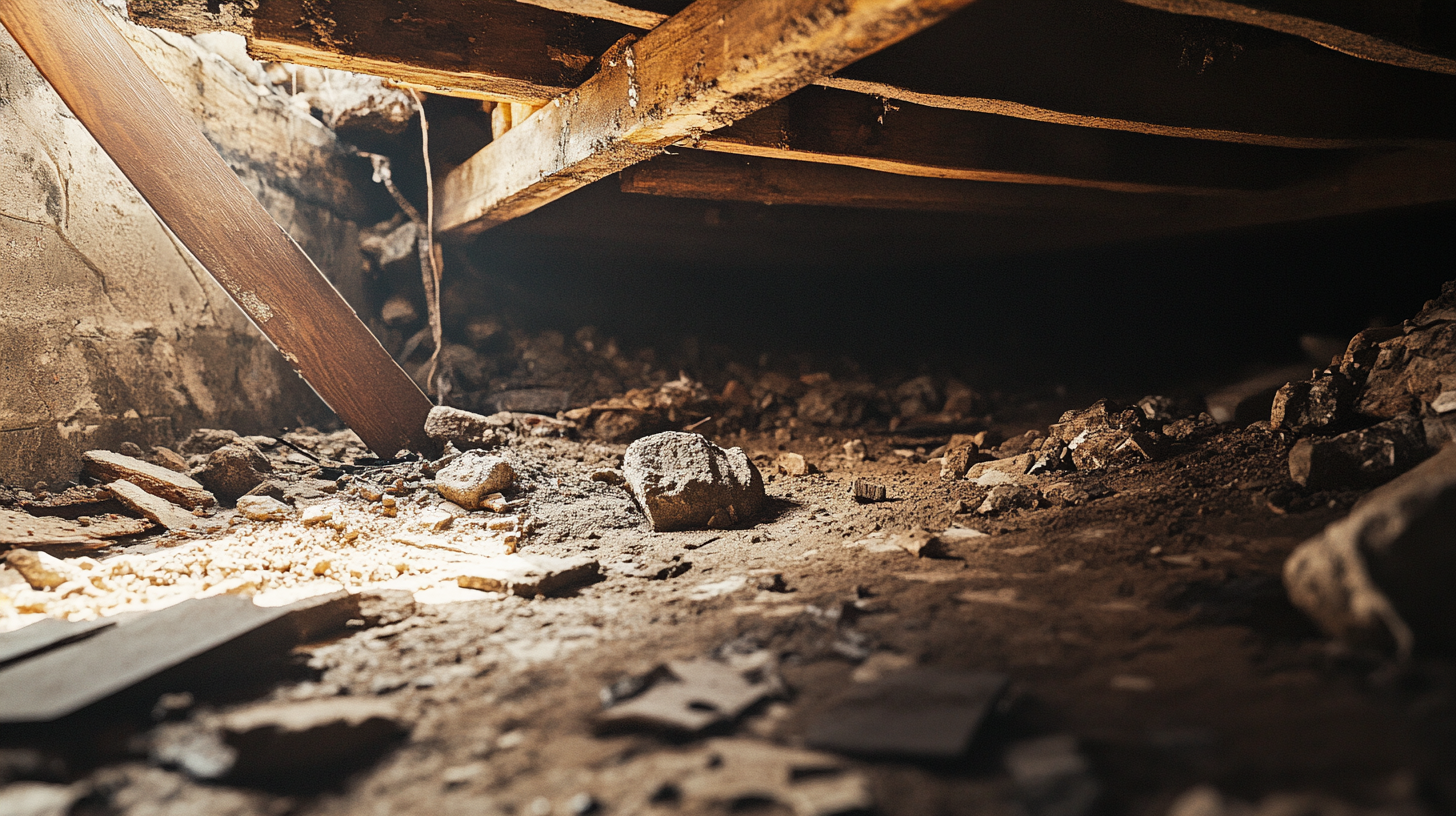
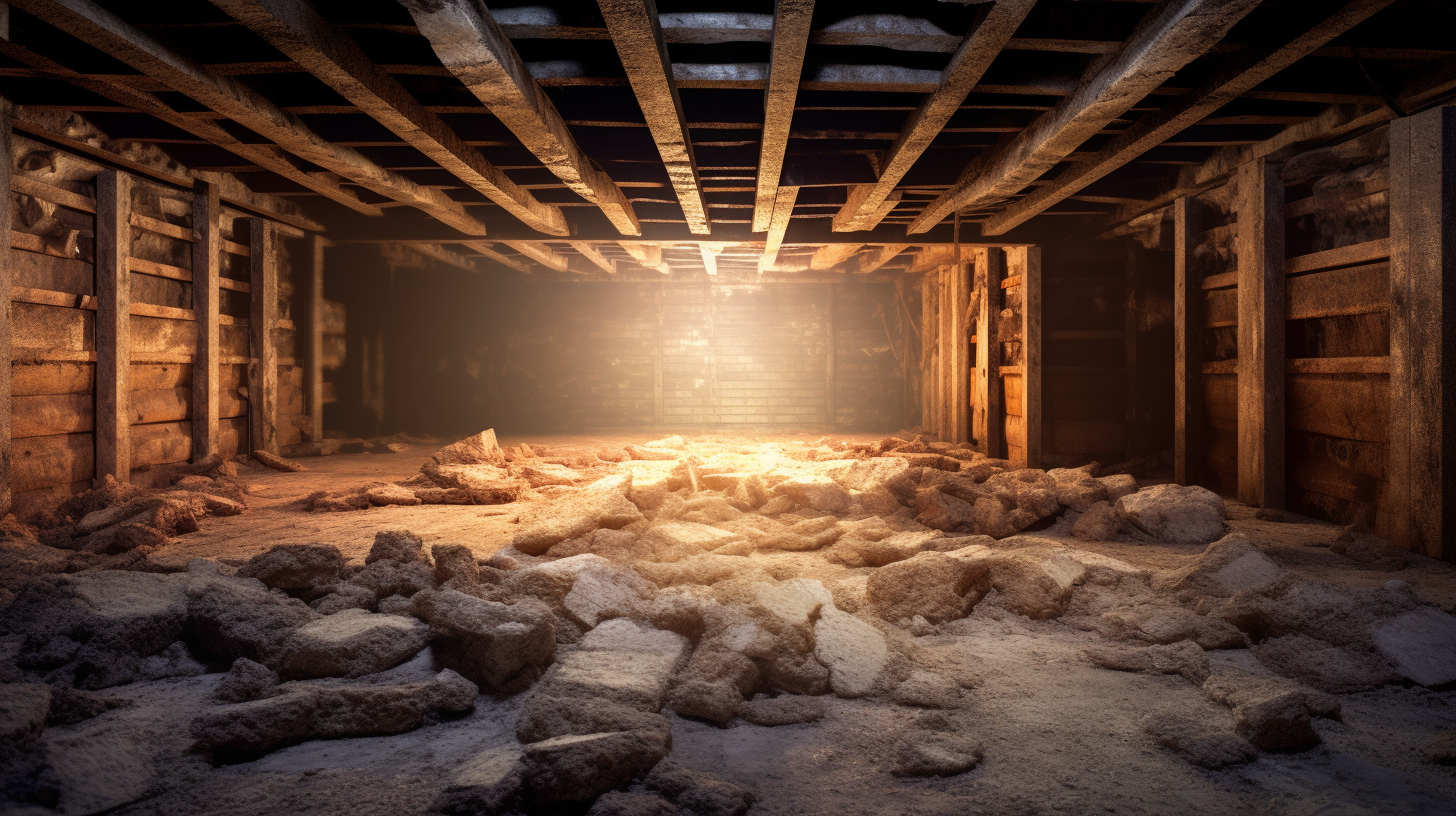
Got a Question? We’re Here to Help.
You can arrange an appointment or make an enquiry by phone or email, orget in touch to us via our contact form.
